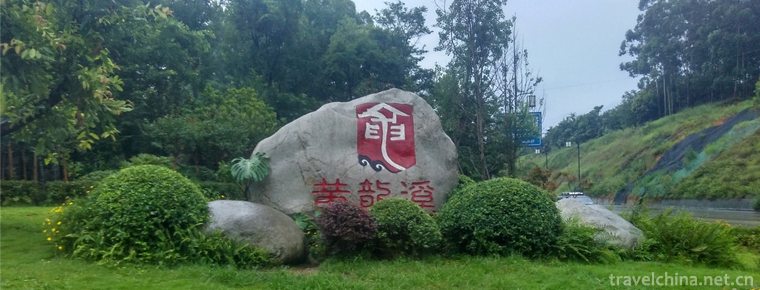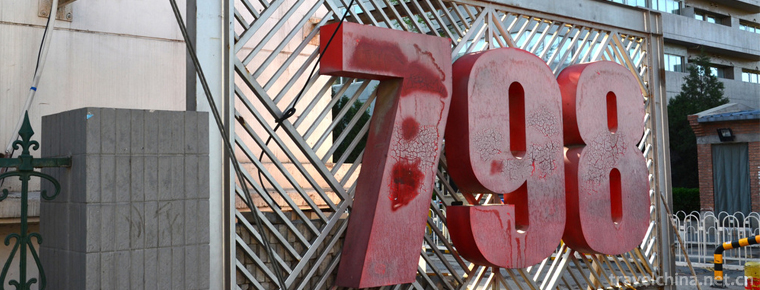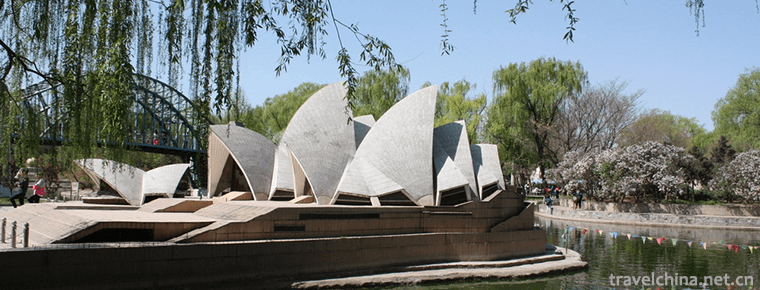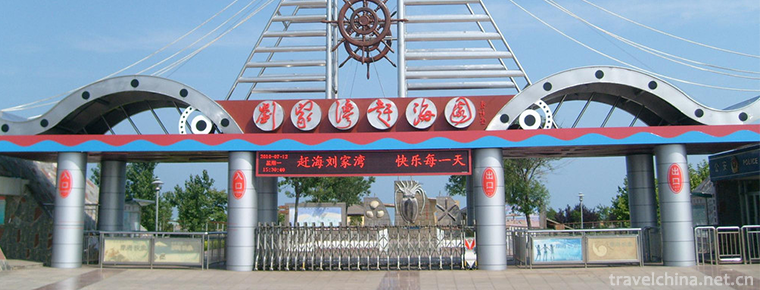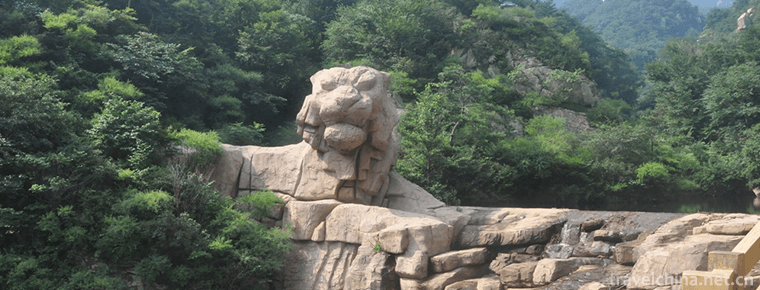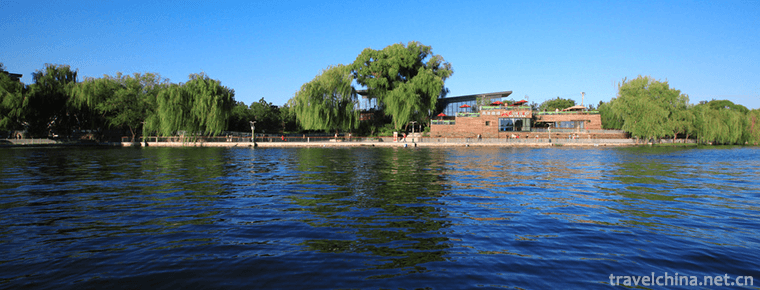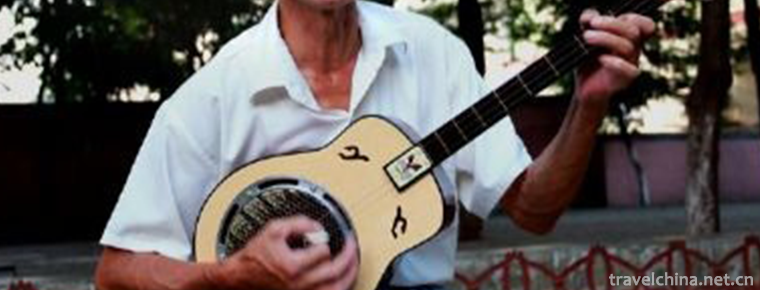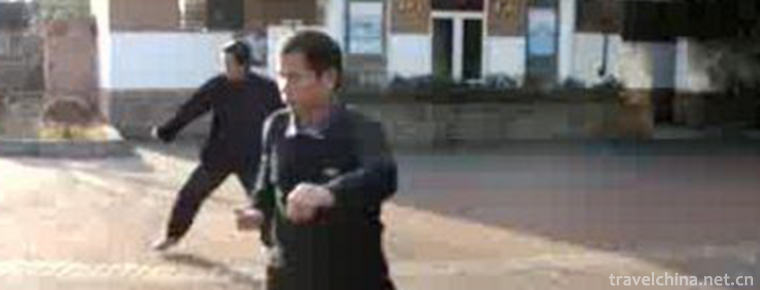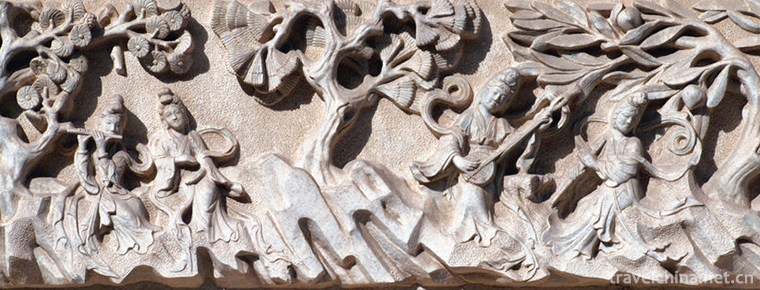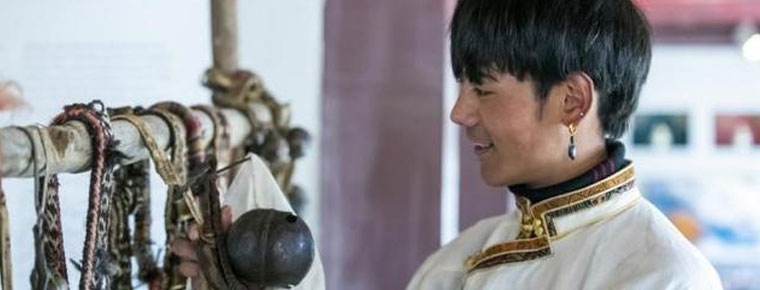Beijing Ocean Hall
Beijing Ocean Hall, located on the North Bank of Changhe River in Beijing Zoo, is adjacent to Beijing Exhibition Hall, Astronomical Museum and Capital Stadium in the south. It covers an area of 120,000 square meters, with a building area of 42,000 square meters and a greening area of more than 80,000 square meters. An inland aquarium integrating ornamental, popular science education, leisure and entertainment, and business exhibitions.
Park scale
The Beijing Ocean Hall covers an area of 120,000 square meters, with a building area of 42,000 square meters and a greening area of more than 80,000 square meters.
Beijing Ocean Hall is a large, modern and advanced popular science hall of marine life. It is in the leading position at home and abroad in many aspects: the largest overall building area, the largest total water area; Beijing Oceanic Museum pioneered artificial sea water, and the sea water volume is quite large . The Beijing Ocean Museum has the world's advanced subsistence system, using artificial seawater, with a total water volume of 18,000 tons.
There are more than 1000 species of marine fish and organisms reared and displayed in the museum, with tens of thousands of them. At the same time, the biological collection is also the largest: the total number of fish reared by marine organisms is 30,000-50,000, including nearly 1000 species of marine ornamental fish and freshwater ornamental fish. Tens of thousands of ornamental fish have entered the aquarium and have fully adapted to the new environment. In addition to ornamental fish, the Beijing Marine Museum also has a powerful marine animal performance troupe, whose members include dolphins, whales and sea lions and other mammals.
Purpose of building a museum
The purpose of the Beijing Ocean Museum is to "Tao Yi, educate students and maintain ecology".
Beijing Oceanographic Museum introduces aquatic life knowledge to tourists, tells stories about the sea and advocates environmental protection awareness through rich fish exhibitions, protection and publicity of rare and endangered species, splendid marine animal performances and various popular science activities. In it, people can not only appreciate different kinds of marine life, but also experience the relationship between human beings and the ocean. Tourists not only get Tao Yi, but also get lessons during the tour, which improves their consciousness of caring for marine animals and protecting the earth's homeland.
In the year of Xiaolong, Beijing Ocean Museum held the "Dragon Fish Culture Exhibition" in 2012, which combines marine resources with traditional Chinese culture, improves the quality of marine resources display and the environment for visitors to experience the magical dream of the marine world, while advocating the concept of national environmental protection and popular science interaction, and fulfilling the social responsibility of enterprises.
Architectural modeling
The color of the main building of the Beijing Ocean Hall is based on blue and orange, which represents the mysterious ocean and the endless vitality of marine life.
The architecture of Beijing Ocean Hall is unique and magnificent. It is like a blue conch lying on the beach surrounded by green trees and flowers.
The exterior of the venue adopts a unique "conch" shape. The basic colors are blue and orange, which represent the endless vitality of mysterious ocean and marine life. Its interior design is also ingenious, the roof is grid structure, and adopt blue and yellow decoration, will present a blue world in front of people.
Museum landscape
Park composition
The Beijing Oceanographic Museum uses a new concept of exhibition to lead people to understand the ocean from a shallow perspective. The pavilion has arranged seven display areas for visitors, including "Rainforest Wonder", "Custom Beach", "Seabed Tour", "Bering Town", "National Treasure Chinese Sturgeon Hall", "Whale Bay" and "Ocean Theatre".
The exhibition area consists of seven parts:
Rainforest Wonder - Simulate the Amazon Tropical Rainforest Scenery.
Style Beach - Tourists can touch areas of diverse marine life with their own hands.
Bering Town - an interactive area where the real display is compatible with the virtual scene and the wharf and the town rely on each other.
Guobao Acipenser sinensis Hall - used the world's longest acrylic overall window, a close look at the King of Acipenser sinensis venue.
Seabed Tour - Experience a global seabed tour and explore the ocean world. (In May 2011, Beijing Oceanographic Museum launched a new exhibition area - "Coral Garden, Jellyfish Secret Territory").
Whale and Dolphin Bay - a venue for dolphins and sea lions.
Ocean Theatre - the largest of its kind in China, with more than 3,000 seats, is a venue for dolphin and sea lion performances.
Rainforest wonders
Among them are winding paths, waterfalls, creeks, mysterious statues, old bridges and insect songbirds, which make visitors seem to be in the mysterious Amazon primitive forest. With the fluctuation of natural terrain, more than 20 displaying cylinders of different sizes are cleverly inlaid with pearls scattered like grains between forest and rock crevices. Rich tropical rainforest scenery, let people linger forget to return.
Main exhibits: red-tailed head guard, Koi carp, giant hyoid, Blackfin baglip fish, sparrow eel, Water-Shooting fish, fairy fish, cannibals, sniffing perch, etc.
Touch pool
There are golden sunshine, white beaches and intertidal organisms inhabiting shallow waters. The simulated coastline is 48 meters long. Tourists listen to the gentle waves and can touch various marine mollusks with their own hands. Children can enter the touch pool to experience the feeling of sea water and the fun of playing with sea turtles.
Main exhibits: Blue Hanging, Bread Starfish, Sha Starfish, etc.
Seabed Tour
From the South China Sea to the West Pacific, the Indian Ocean, the Red Sea, the Mediterranean Sea and the Atlantic Ocean, the colorful underwater visual effect of the submarine tunnel opens the mysterious veil of the sea through the super arc acrylic glue display window. Thirty-seven exhibition tanks show visitors the most representative waters of the world's ornamental fish.
Main exhibits: whip butterflies, snub-nosed fish, multi-ribbon butterflies, anchovy, sea anemone, hippocampus, yellow-high fin anchovy, blue-green gill, blue-striped butterfly, sickle butterfly, horn, six-spotted mackerel, coral, grouper, stone fish, puffer fish, heart-spotted mackerel, clown fish, panda dragon, doctor fish.
Every day at 10:00 a.m. and 1:30 p.m. (except Tuesday), there are diving feeding performances at the entrance of the underwater tour.
Divers carry a variety of food into the water with oxygen cylinders on their backs. While feeding, they introduce different kinds of fish to tourists. What attracts tourists most is the flat-bodied stingray (commonly known as Devil Fish). The stingray mainly feeds on small invertebrates or zooplankton. Most of the time, it is mild temperament, so divers can put food into the mouth by hand. But the Stingray tail has poisonous spines. If it feels threatened, it will defend itself with poisonous spines (some people are reported to have been stabbed to death by stingray), so the performance is also dangerous.
Bering town
In front of Asia's longest acrylic glue exhibition window, Moby Dick passes by visitors in the gloomy underwater environment. Different from traditional display forms such as plane or tunnel, it will be displayed in a three-dimensional full-view mode. Super large floor display window breaks through the visual limit, and nearly 1000 square meters of sky curtain shows the charm of the seabed.
Main exhibits: Moby Dick.
Chinese sturgeon aquarium
Acipenser sinensis is a magical fish bred in the Yangtze River and growing in the sea. It is a unique species in China. It is a key protected animal at the national level. Many biological characteristics rank the top of 27 sturgeon species in the world, and it is known as the "giant panda in water". In the National Treasure Acipenser sinensis Museum of the Beijing Ocean Pavilion, visitors can see the ancient species of Chinese sturgeon and the Yangtze River valley landscape of its reproductive life through the world's longest acrylic exhibition window. The interesting science knowledge exhibition board in the museum systematically introduces the mysterious and fascinating life of Chinese sturgeon. The underwater feeding exhibition of Chinese sturgeon makes tourists feel the harmonious coexistence of human and living things.
Main exhibits: Chinese sturgeon and Chinese sturgeon underwater feeding exhibition.
Whale Bay
This is the home of marine animals. Dolphins and sea lions live and train here. They have formed deep friendship with trainers. Open design allows visitors to communicate face to face with friends from deep ocean. There are also many legends about whales.
Main exhibits: Pacific bottlenose dolphins, California sea lions, etc.
Ocean Theatre
The huge Marine Theatre shows the rich and romantic Hawaiian seaside scenery. It can accommodate more than 3,000 spectators. It is the most popular place for tourists.
Performing items: Rocket Man Show, Dolphin Show, Dolphin Top Ball Show.
Jellyfish secret
In May 2011, Beijing Oceanic Museum launched a new exhibition area, Coral Garden, Jellyfish Secret Territory, also known as Seabed Tour. "Jellyfish Secret Territory" exhibition area shows the submarine laboratory in 2030, where thousands of life are nurtured. There are more than ten kinds of jellyfish, such as egg yolk jellyfish, Pacific sea spur jellyfish, purple sea spur jellyfish, black star sea spur jellyfish, color jellyfish, Tiancao jellyfish, sea moon jellyfish and so on.
"Coral Garden" shows coral species and reef fish from the South Pacific-Indian Ocean, restoring the natural environment of coral reefs.
Office leisure
Popular Science Corner: It's a mini theatre. It can arrange puppet shows or give lectures on popular science knowledge. It's an excellent place for small group theme activities.
Dream beach: beside the beach, beside the coconut trees, close to the ship's side, a Bay Lower Terrace Bar sleeps quietly, with elegant environment, unique marine drinks, is the most romantic garden-like harbor for people's gathering, PARTY, leisure and love.
Multifunctional Hall: It has the functions of receiving meetings and teaching. It includes: lecture platform, conference tables and chairs, projection screen, sound reinforcement and broadcasting equipment. It can accommodate 110 people at the same time.
Small conference hall: It has high-specification conference reception function and related equipment, and can accommodate 50 people at the same time. There is also an independent VIP lounge in the hall, which can accommodate 10 people.
South Square: The square covers an area of 3000 square meters, adjacent to the Bank of the long river, and the surrounding green facilities are perfect.
Tourist guide
Service Items
Marine Ecology Show - Show visitors marine life, including plants, fish, marine mammals and so on.
Marine Animal Performances - the wonderful performances of sea lions, dolphins, pseudo-killer whales and large marine animals, will give visitors a real, extremely happy feeling and teach them to enjoy.
The knowledge service of ocean science popularization is the highest service concept of ocean museum.
Beijing Oceanic Museum pioneered the use of artificial seawater, and the artificial seawater volume is the largest in the world. The system uses the world's most advanced water treatment and monitoring equipment, and uses computerized operation. There are more than 1000 exhibition boards (words and pictures) introducing ocean knowledge in the hall, and they are equipped with clear image display screen. Vivid and interesting explanations, full display of science and education films, models and specimens, fully and vividly introduce people's marine knowledge, thereby enhancing people's awareness of protecting the ocean and the environment.
All-round and image tells people about ocean knowledge, ocean culture and ocean civilization.
Tourist guide
Service Items
Marine Ecology Show - Show visitors marine life, including plants, fish, marine mammals and so on.
Marine Animal Performances - the wonderful performances of sea lions, dolphins, pseudo-killer whales and large marine animals, will give visitors a real, extremely happy feeling and teach them to enjoy.
The knowledge service of ocean science popularization is the highest service concept of ocean museum.
Beijing Oceanic Museum pioneered the use of artificial seawater, and the artificial seawater volume is the largest in the world. The system uses the world's most advanced water treatment and monitoring equipment, and uses computerized operation. There are more than 1000 exhibition boards (words and pictures) introducing ocean knowledge in the hall, and they are equipped with clear image display screen. Vivid and interesting explanations, full display of science and education films, models and specimens, fully and vividly introduce people's marine knowledge, thereby enhancing people's awareness of protecting the ocean and the environment.
All-round and image tells people about ocean knowledge, ocean culture and ocean civilization.
Ticket Price
Individual travelers
Daytime ticket price (tickets include: Beijing Ocean Hall + Zoo)
Full price ticket: 130 yuan, full scope of application: adults
Preferential tickets: 70 yuan for primary and secondary school students under 18 years of age (excluding 18 years of age)
Children and active servicemen, elderly people over 60 years of age (including 60 years of age) must present their valid certificates when purchasing preferential tickets.
Effective certificates: ID card, student card, soldier card, senile card
Ticket-free: Children under 1.2 meters (excluding 1.2 meters) are free to visit the Beijing Ocean Hall. Adults are required to accompany ticket-free visitors.
Each adult ticket is limited to 2 children under 1.2 meters. Children over 2 need to buy a discount ticket to enter the museum.
Ocean passport
Adult Card: 480 yuan per person
Children's card: 230 yuan per person (over 1.2 meters, under 18 years old)
Ticket Vending Places for Individual Passengers: Ticket Points of Zoos and Oceanographic Halls
Group Ticket Vending Place: Group Sales Department of Beijing Ocean Museum
Ticket booking
Tickets for Beijing Aquarium + Zoo + Panda Hall.
130 yuan for adults, 70 yuan for senior citizens and students under 18 years of age
Traffic routes
Self driving route
1. Xizhimen-Kaoliang Bridge Skew Street
2. Baiyi Road-Dahui Temple Road-Kaoliang Bridge Skew Street
3. Lenovo Bridge goes southward through Zaojunmiao Road-Daliushu Road-Kaoliang Bridge Skew Street
(North Gate - Main Gate of Beijing Ocean Hall, with a large special parking lot)
South Gate Entrance of Beijing Zoo
Bus routes
7, 15, 19, 27, 45, 332, 334, 347, 360, 601, 708, 714, 716, 732, 808, 812, 814, Yuntong 104, Yuntong 106, Yuntong 205, Tram 102, Tram 103, Tram 105, Tram 107, Tram 111, Tram 4, etc.
Beijing Ocean Hall North Gate Entrance (Address: No. 18 Xiejie, Gaoliang Bridge)
Bus routes: 16, 26, Yuntong 103, Yuntong 105, Yuntong 205 North Jiaotong Station.
Special note: Beijing Ocean Hall North Gate has a large special parking lot.
Honor
Beijing Ocean Pavilion is the first batch of national AAAA-level tourist attractions, the winner of the highest prize of the 11th Capital Tourist Forbidden Cup - Best Collective Award, and has been continuously awarded "Capital Civilized Tourism Scenic Spot". Since its opening in March 1999, it has received tens of millions of Chinese and foreign tourists, and won the praise of Chinese and foreign tourists.
Beijing Oceanographic Museum is awarded by many government agencies as a base for marine science popularization education and a base for teenagers science popularization education. It has also become a base and propaganda platform for many scientific research institutions to carry out artificial domestication and reproduction of aquatic organisms. With its own resources, the Beijing Oceanographic Museum is devoting itself to the promotion of marine science, the protection and research of aquatic species.
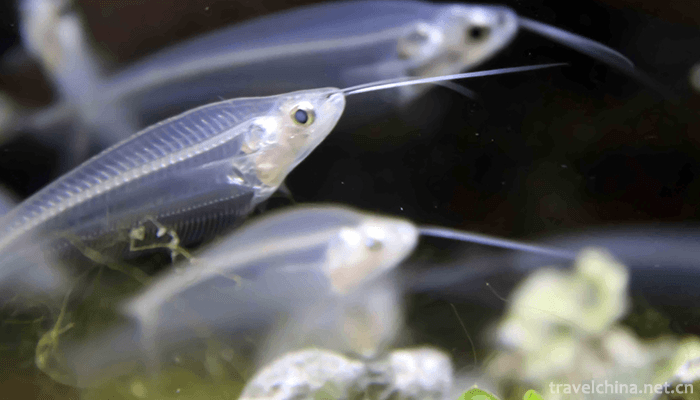
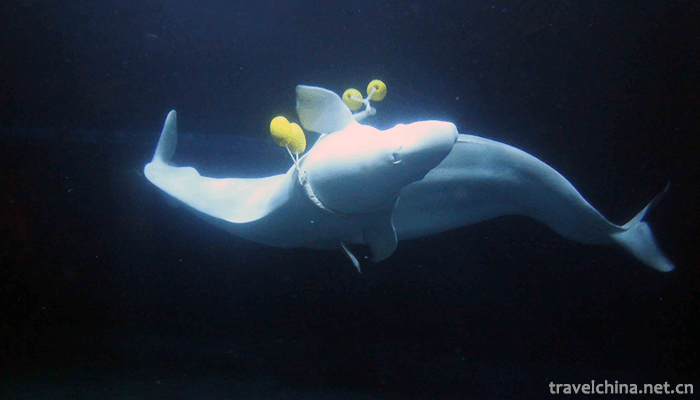
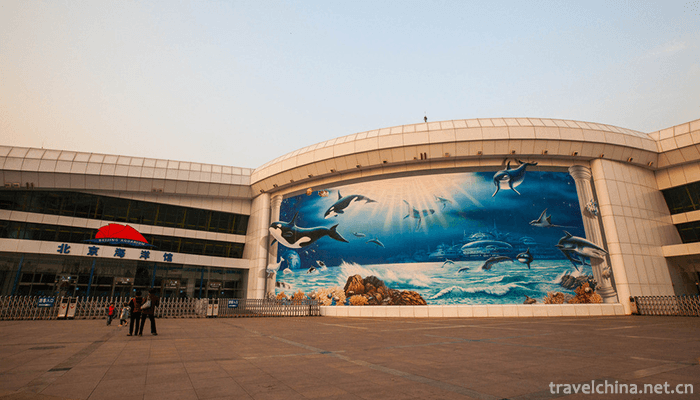
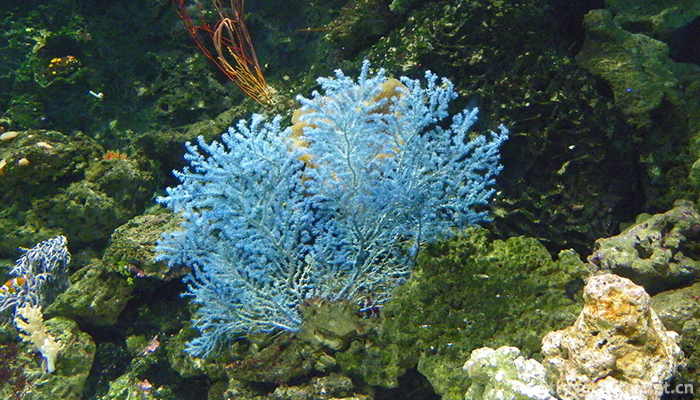
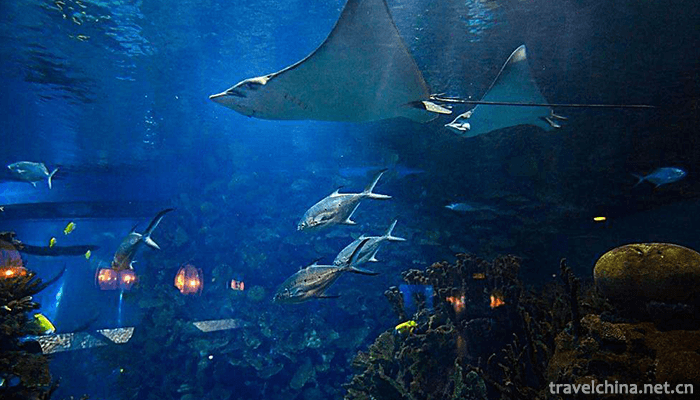
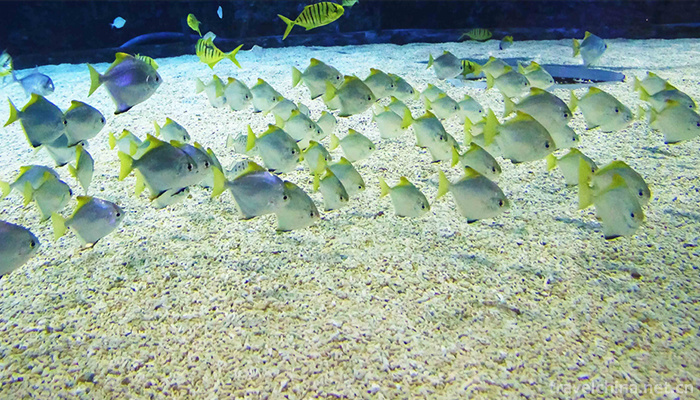
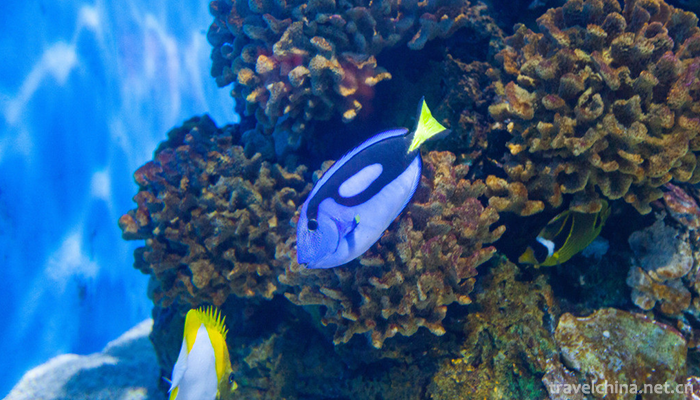
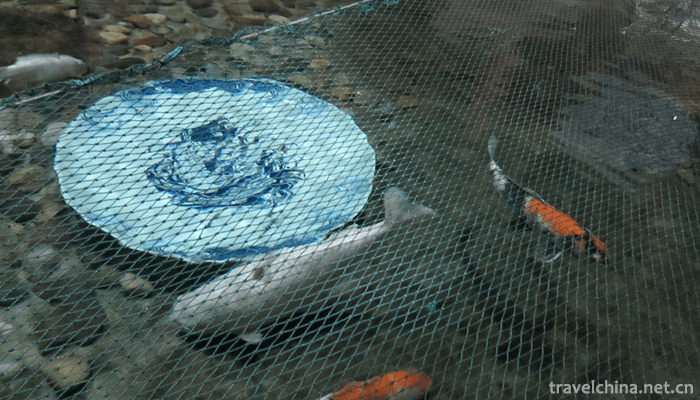
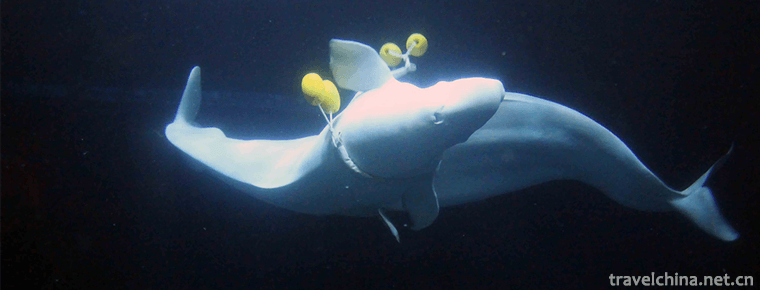
Beijing Ocean Hall
-
Huang Longxi
Huanglong Valley, Shuangliu District, Chengdu, Sichuan, China
Views: 150 Time 2018-10-02 -
798 Art Area
Da Shan Zi area, Jiuxianqiao street, Chaoyang District, Beijing, China
Views: 893 Time 2018-10-12 -
World Park
The World Park is located in Dabaotai, Huaxiang, Fengtai District, Beijing. It is 16 kilometers from the city center and 8 kilometers from Beijing West Railway Station. It is a national 4A-level sceni
Views: 101 Time 2018-12-19 -
Liu Jiawan Chaihai Garden
Located on the eastern coast of Taolu Town, Donggang District, Rizhao City, Liujiawan Chaihai Garden is a national AAAA-level tourist attraction, a popular science education base, and a core scenic sp
Views: 137 Time 2018-12-26 -
Lion Mountain Scenic Area
Lion Mountain Scenic Area is located in the east of Shaoshan Scenic Area, which is divided into Lion Mountain Scenic Area and Benbenling Scenic Area.
Views: 396 Time 2019-02-08 -
Lake Yanxi
Yanqi Lake: located at the foot of Yanshan Mountain 8 kilometers north of Huairou City, a suburb of Beijing, is a land and water area centered on the lake surface
Views: 201 Time 2019-03-02 -
Hakka ancient prose
As early as the late Ming Dynasty and early Qing Dynasty, Hakka ancient prose had been formed, mainly distributed in Gongjiang Town, Xinpi Township, Kuanta Township, Zishan Town,
Views: 179 Time 2019-05-09 -
Block door La shou men
Stopper Gate is one of the traditional Chinese boxing schools. It originated in Shaolin and was introduced to Tianjin in the early Qing Dynasty. It originated in Sichuan. It was the earliest southern
Views: 236 Time 2019-05-10 -
stone carving
Stone carving refers to the use of various carvable and carvable stones to create a visible and touchable artistic image with a certain space, in order to reflect social life, express the artist's aes
Views: 248 Time 2019-06-15 -
Cai Yuanpei
Cai Yuanpei (January 11, 1868 - March 5, 1940), word crane Qing, also the word Zhong Shen Cai Zhen, Zhou Ziyu, Han nationality, Shanyin County, Shaoxing Prefecture, Zhejiang (now Zhejiang). Shaoxing (
Views: 212 Time 2019-09-06 -
Ding Zhen becomes popular and half moon looks haggard
Ding Zhen became popular half moon, haggard face, eyes full of bloodshot, confessed that he liked riding and herding cattle most
Views: 116 Time 2020-12-07 -
Plant resources in Nanchong
There is only one kind of Metasequoia glyptostroboides introduced and cultivated in Nanchong City; there are two kinds of wild protected plants, namely, fragrant fruit tree and narrow leaf pygmy grass, and two kinds of cultivated Ginkgo biloba and Eucommia
Views: 367 Time 2020-12-17
